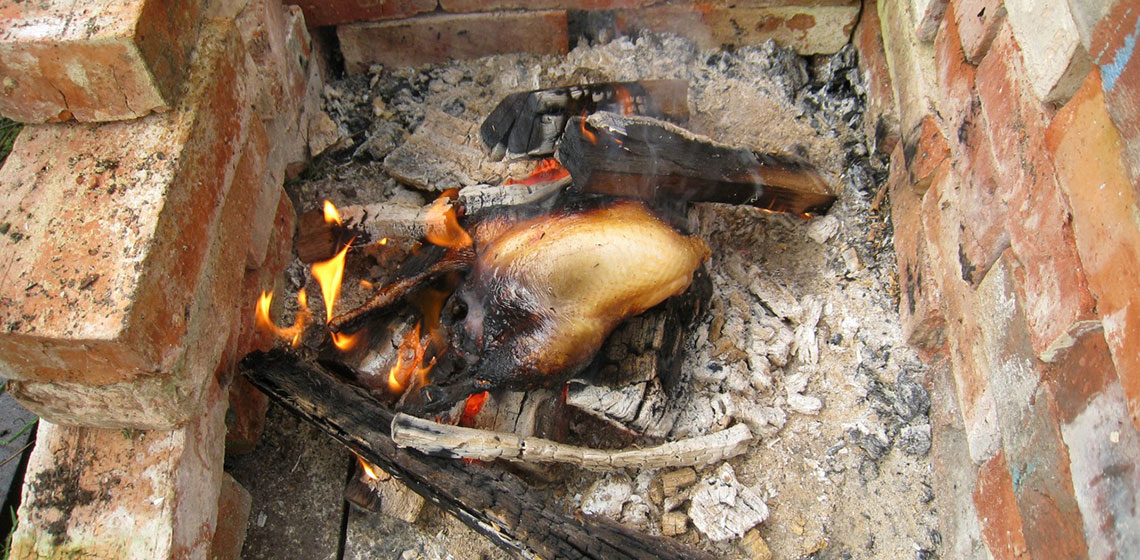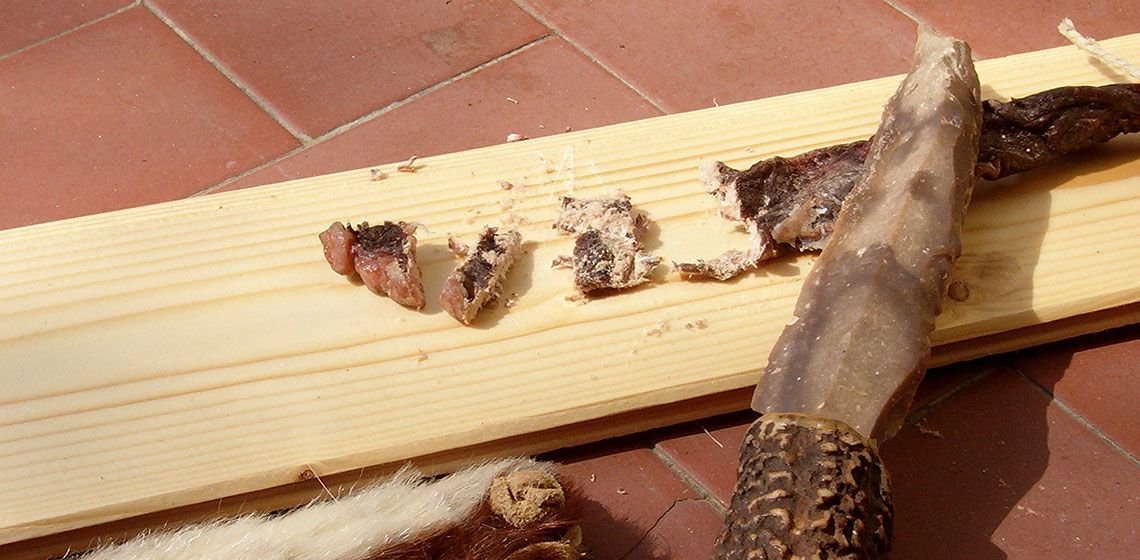experiment
Knapping Skill Assessment
Publication Date
OpenArch Dialogue with Skills Issue
***This article is derived from a presentation made by the senior author at the OpenArch Conference "Working with stones in European Pre- and Proto-history in theory and in practice" organised by the Archaeological-Ecological Centre Albersdorf (DE), 23-27 September, 2013.
***This article is derived from a presentation made by the senior author at the OpenArch Conference "Working with stones in European Pre- and Proto-history in theory and in practice" organised by the Archaeological-Ecological Centre Albersdorf (DE), 23-27 September, 2013.
Stone Moulds from Terramare (Northern Italy): Analytical Approach and Experimental Reproduction
Publication Date
7th UK EA Conference Cardiff 2013
***A large number of stone moulds, dating to Middle and Late Bronze Age (approximately 1650-1150 BC) has been found in Terramare sites since the 19th century. They were made to produce a wide range of bronze objects, such as ornaments, weapons and tools. Empirical observations of casting experiments revealed that different types of stone do not give the same response to the heat of molten metal...
***A large number of stone moulds, dating to Middle and Late Bronze Age (approximately 1650-1150 BC) has been found in Terramare sites since the 19th century. They were made to produce a wide range of bronze objects, such as ornaments, weapons and tools. Empirical observations of casting experiments revealed that different types of stone do not give the same response to the heat of molten metal...
The Registry of Memory Process Applied to Experimental Archaeology in a Castromao “Oven”
Publication Date
7th UK EA Conference Cardiff 2013
***Memory is the cognitive process that codifies, stores and retrieves past actions that are perceived in the present, generating our remembrances and perceptions of the past and informing our knowledge of the world around us (...) Applied to archaeology, memory can be understood as the marks or...
***Memory is the cognitive process that codifies, stores and retrieves past actions that are perceived in the present, generating our remembrances and perceptions of the past and informing our knowledge of the world around us (...) Applied to archaeology, memory can be understood as the marks or...
Fire and Bone: An Experimental Study of Cremation
Publication Date
7th UK EA Conference Cardiff 2013
***Many bone fragments have been burned in controlled laboratory conditions but few have been burned on outdoor pyres. In order to study and understand cremated bone, it is crucial to conduct experiments in real environmental conditions. In this study several cremations were carried out outdoors...
***Many bone fragments have been burned in controlled laboratory conditions but few have been burned on outdoor pyres. In order to study and understand cremated bone, it is crucial to conduct experiments in real environmental conditions. In this study several cremations were carried out outdoors...
Lithic Experiments in Rescue Archaeology: a Case from Southern Norway
Publication Date
7th UK EA Conference Cardiff 2013
***The institutional context in which Stone Age knowledge production takes place in Norway is structured by the current system of cultural heritage management (CHM). By virtue of the Heritage Act from 1978 and the regulations on professional responsibilities, the practical work of surveying and excavating prehistoric sites is divided respectively between the 19 County Councils and the five archaeological government museums...
***The institutional context in which Stone Age knowledge production takes place in Norway is structured by the current system of cultural heritage management (CHM). By virtue of the Heritage Act from 1978 and the regulations on professional responsibilities, the practical work of surveying and excavating prehistoric sites is divided respectively between the 19 County Councils and the five archaeological government museums...
Drying Meat Today as During the Late Glacial Period
Publication Date
Western Europe during the Upper Palaeolithic, between 42,000 years ago and 12,000 years ago, was sparsely wooded, but later there was an increase in the percentage of specimens of birch, abies, fagus and tilia hosting wildlife similar to that already present during the Middle Palaeolithic. With the recent phase, starting from 24,000 years ago, humans in this territory become specialized...
The Quality of the Craft
Publication Date
In this study the sustainability of crucibles used during the Scandinavian Bronze Age is tested. Due to the crucible’s high or low sustainability the idea of it being a disposable object may be ratified or discarded. Earlier experiments focusing on the casting process in Scandinavian Bronze Age have concluded that crucibles such as the ones used during Bronze Age were disposable objects due...
What’s in an Experiment? Roman Fish Sauce: an Experiment in Archaeology
Publication Date
In the summer of 2009 I was engaged in the preliminary preparations for extensive experiments to manufacture fish sauces for my MA dissertation in Archaeology at Reading University. In my previous research into Roman food, it was clear that it was not going to be possible to truly understand ancient cuisine without...
The Theory of the Archaeological Raft: Motivation, Method, and Madness in Experimental Archaeology
Publication Date
Between 1947 and 2006, nearly forty expeditions set out in recreated maritime drift vessels to demonstrate hypotheses with varying levels of relevance to archaeology and cultural diffusion. This paper divides the motivations of these expeditions into four major categories...
The Experiment and the Umbrella - 10 Years of Experimental Archaeology
Publication Date
When reading articles about experimental archaeology written within the last 10 years or so, I find that they often take their point of departure in a brief explanation of the history of the experiment; the birth of the experiment within the positivistic research tradition in the processual archaeology of the 1960s and 1970s, and subsequently, the development and discussions during the postprocessual archaeology of the 1980s.










